
Lord Kelvin's 'ironclad' marine galvanometer, 1865-1866
1865-1866

1865-1866
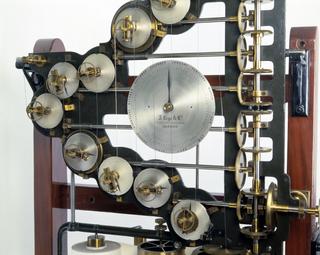
1872

1858

1858-03-02

1854
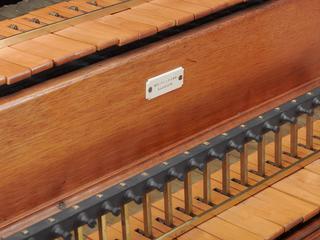
1858

1878
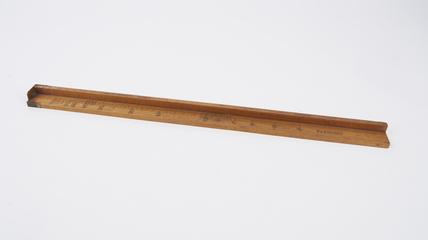
1876
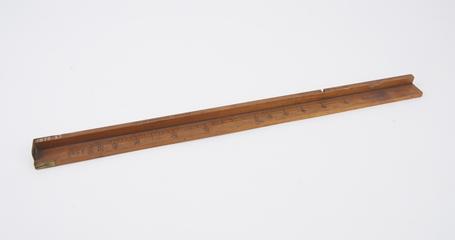
1876

1873

1888
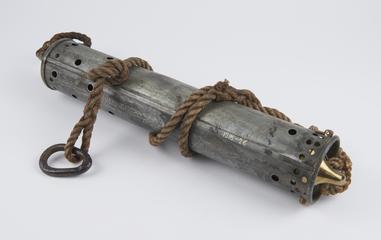
1880

1870
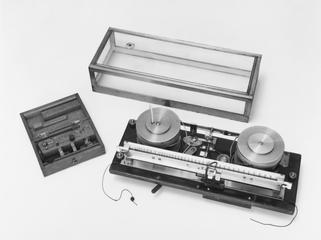
1888
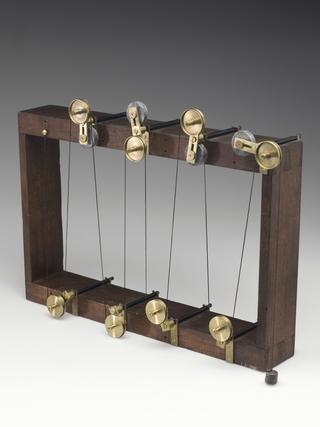
1872
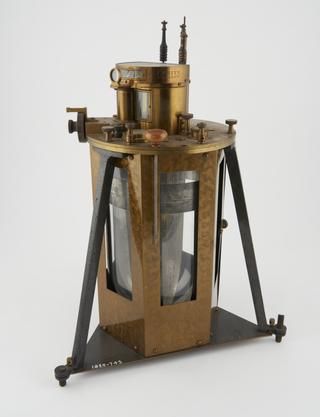
1866
1898
nd.
1854-1906
1878
1867
1870-1876
1882
1876
1886-1900
1876
1876
1876
1861
1890
1857
1855
1913-1939
1876-1879
1876
1876
1876
1876
1876
1876
1880